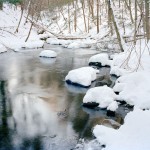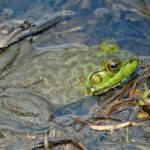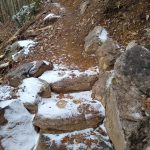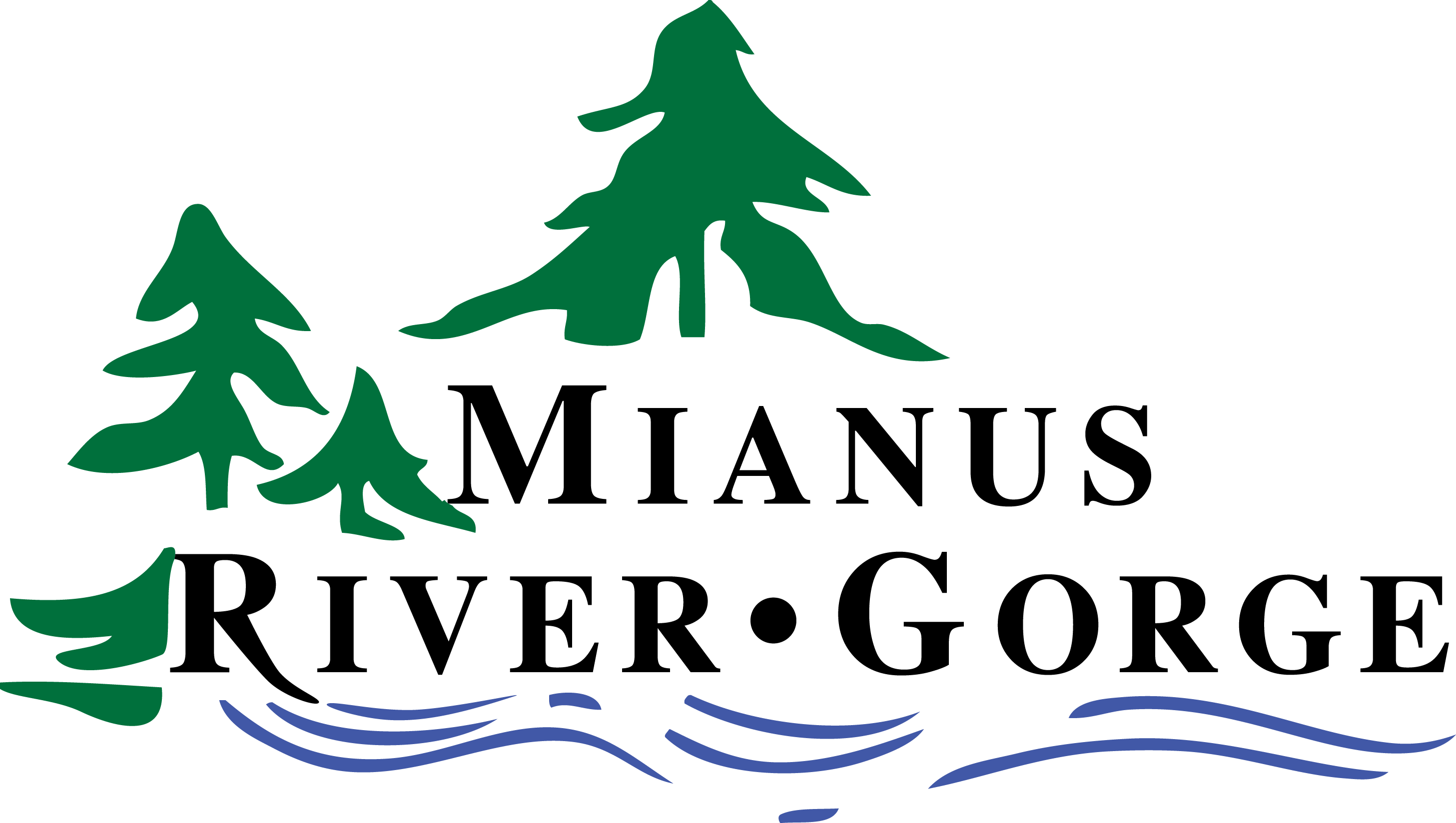What We’re Working on this Winter …

You’d think that after acquiring 52 acres to add to the land the Mianus River Gorge protects that Executive Director Rod Christie and the Board of Trustees would rest over the winter. But, as always, Rod is thinking about the next land conservation and protection opportunity in the Mianus River Watershed. With the full support of the Board, which generously spearheaded efforts to raise the necessary funding for last year’s acquisitions, Rod continues to work with land owners, donors, and community partners throughout the region to facilitate the purchase or gift of land and/or conservation easements.
Rod also shares his knowledge and expertise with the Hudson to Housatonic Regional Conservation Partnership (H2H RCP) as a member of the Steering Committee and co-chair of the Land Working Group. H2H RCP is consortium of organizations throughout New York and New England working together on regional land protection and stewardship for the benefit of people and nature. Rod’s work with the Land Working Group involves mapping the region to determine priority properties to protect and creating corridors between natural communities.
MRG’s research and education programs for high school, undergraduate, and graduate students keep collecting accolades and recognition as a premier opportunity for ecology-based applied research. The success of the education programs has been assessed in real-world accomplishments: awards and degrees received, published research papers, subsequent post-graduate endeavors of our former students, and on-the-ground contributions to better management of preserves like the Mianus River Gorge Preserve.

MRG Director of Research and Education, Chris Nagy, has been working with students to advance ecology-based research that informs management decisions both in the Preserve and throughout the region. In one project, he has been working with a Research Assistantship Program (RAP) graduate student who completed his field work testing amphibians and their habitat for microbiotic diversity. The RAP student in turn helped mentor a Wildlife Technician Program (WTP) high school student. Chris is helping the WTP student prepare a presentation for the annual Northeast Natural History Conference in April. The combined work of these students may have implications for treating the pathogenic chytrid fungus that harms frogs and other amphibians.
Chris is also working on several upcoming talks of his own. He is an active participant in the Environmental Monitoring and Management Alliance (EMMA), a regionally coordinated ecological monitoring network. Their focus is on sustainable management practices and natural resource conservation. Chris contributes his expertise in a number of ways, including evaluating the effectiveness of MRG’s and other preserves’ deer management programs.

Luckily, it has been a good winter for trail building. Director of Land Management, Budd Veverka, is overseeing the wintertime work of the trail-building companies that are out there in the elements, working to complete the new High Tor trail. As related by the Board members who got a sneak preview, it’s going to be spectacular! The trail was designed to fit seamlessly with the natural landscape and built with acute awareness of the fragility of the steep slopes and rare native herbaceous plants. We anticipate that the trail will be completed ahead of schedule and are planning a big celebration upon its opening. You’ll be invited, of course!
Budd and Preserve Steward Veronica Leeds are also outside in the winter weather as much as possible. They’re checking property boundaries, cutting woody stemmed invasive shrubs and vines, and repairing deer exclosures (fencing to keep deer out) within the Preserve.

The Board of Trustees was instrumental in raising funds to enable MRG to embark on a multi-year effort to save the hemlocks. Heading into the third year of the initiative, even on cold winter days, staff are monitoring the health and recovery of the ancient hemlocks in the old-growth forest following their treatment to mitigate the destructive, non-native hemlock woolly adelgid.
Much of our land management work revolves around response and control of invasive species. We’re anxious to get back outside to do battle with Oriental bittersweet, Japanese barberry, Mile-a-minute vine, and Japanese stiltgrass, to name a few. Budd is presently lining up volunteer work days and scheduling the Invasive Task Crew (from Lower Hudson Partnership for Regional Invasive Species Management, or LH PRISM) to help with this monumental task. He is chair of the invasive species prevention zone working group of LH PRISM, a cooperative partnership of organizations and individuals throughout the Lower Hudson. The partnership meets regularly to both learn and share best practices to manage the introduction and spread of invasive species.
We recently shared the 2019 Calendar of Events, which you’ll find here on the web site as well. Two of the scheduled walks feature the recently acquired properties known as High Tor and the Taylor Preserve. Participants will learn the natural history of these parcels and their importance to the health and resilience of the Mianus River Watershed. Other events include the ever-popular Owl Walk and Tree ID, which also includes Shrub ID this year.

Finally, as part of MRG’s Wildlife & Habitat Consultations, we’ve installed cameras on some properties so owners might catch a glimpse of coyotes, foxes, bobcats, and other wildlife passing through their yards. MRG scientists are available to visit your property, too, to answer your questions or concerns and offer advice on a variety of topics including: plant and animal identification; wildlife management; natural history; invasive species; woodland, field and pond management solutions; and more. We’re scheduling appointments now for the spring, so please click here for more information or call (914) 234-3455.
Enjoy the rest of your winter, and we’ll look forward to seeing you in the spring!
Your donation to Mianus River Gorge helps us fulfill our mission to preserve, protect and promote appreciation of the natural heritage of the Mianus River watershed through land acquisition and conservation, scientific research and public education throughout the region. To donate, please click here or send your check to 167 Mianus River Rd., Bedford, NY 10506. Thank you!
